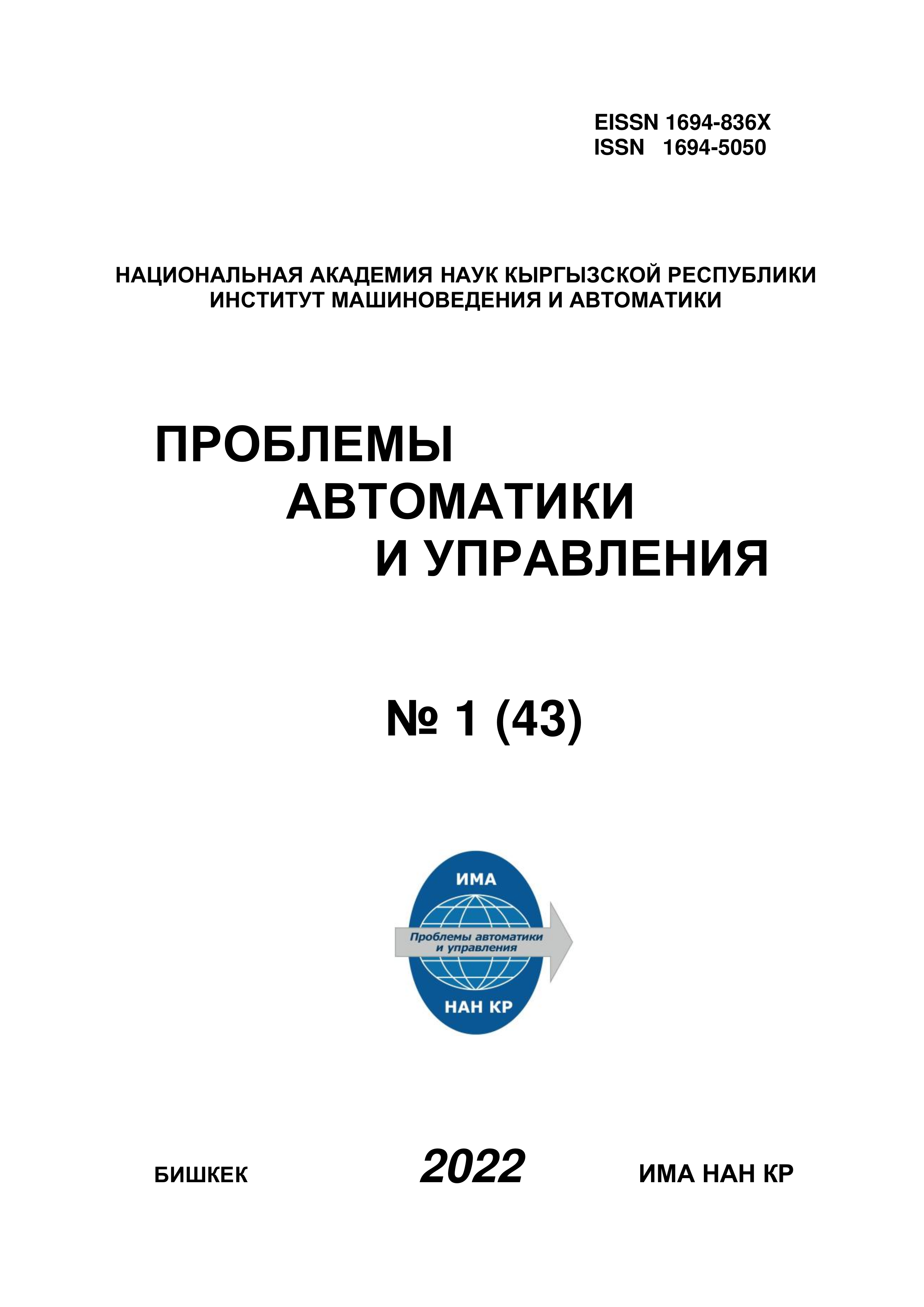PROSPECTS FOR THE APPLICATION OF ARTIFICIAL INTELLIGENCE IN PHYSICAL EDUCATION
Keywords:
artificial intelligence; physical education; teaching methodology; individual sessions.Abstract
Artificial intelligence (AI) is currently influencing every aspect of daily life, including education. It can provide significant support to students by predicting academic performance or the need for suspension. So far, research in the field of artificial intelligence is in its early stages, and therefore it is necessary to study how this field develops and increases its potential over time. Having explored AI in physical education (PE), we can suggest its potential use in sports applications and make changes to the concept of PE, ensuring its visualization and repeatability. Building on the concept of using AI in related fields, this paper highlights the principles of its use in PE and provides a focused, in-depth analysis of the areas of PE where AI can be applied to individual sessions, knowledge sharing, student assessment, and automated student counseling methods.
References
Литература
https://artificialintelligence-news.com/2018/05/24/why-augmented-intelligence-is-a-better-way-to-describe-ai/ (дата обращения: 17.11.2021)
Нопин, С. В. Искусственный интеллект и информационные системы в спорте (анализ инновационных исследований зарубежных лабораторий за 2010-2016 гг.) / С. В. Нопин, Ю. В. Корягина // Ученые записки университета им. П.Ф. Лесгафта. – 2016. – № 9(139). – С. 118-123.
A. McCabe and J. Trevathan, "Artificial Intelligence in Sports Prediction," Fifth International Conference on Information Technology: New Generations (itng 2008), 2008, pp. 1194-1197, doi: 10.1109/ITNG.2008.203.
Russell, Stuart J. ; Norvig, Peter: Artificial Intelligence: A Modern Approach (2nd Edition) : {Prentice Hall}, 2002. - ISBN 0137903952
Roads, C. Review of Principles of Artificial Intelligence, by N. Nilsson // Computer Music Journal. – 4(3).– 1980. – 64–65. https://doi.org/10.2307/3679642
Roll, I., Wylie, R. Evolution and Revolution in Artificial Intelligence in Education. Int J Artif Intell Educ 26, 582–599 (2016). https://doi.org/10.1007/s40593-016-0110-3
Шолле Ф. Глубокое обучение на Python. - СПб.: Питер, 2018.
Верзунов, С. Н. Сравнение глубоких нейронных сетей на основе различных предварительно обученных CNN для диагностики COVID-19 по рентгеновским снимкам / С. Н. Верзунов, Х. А. Раимжанов // Проблемы автоматики и управления. – 2021. – № 1(40). – С. 12-25.
Ghahramani, Z. Probabilistic machine learning and artificial intelligence. Nature 521, 452–459 (2015). https://doi.org/10.1038/nature14541
Jordan MI, Mitchell TM. Machine learning: Trends, perspectives, and prospects. Science. 2015 Jul 17;349(6245):255-60. doi: 10.1126/science.aaa8415. PMID: 26185243.
Chowdhary, K.R. Natural Language Processing. In Fundamentals of Artificial Intelligence; Springer: Berlin/Heidelberg, Germany, 2020.
LeCun, Y., Bengio, Y. & Hinton, G. Deep learning. Nature 521, 436–444 (2015). https://doi.org/10.1038/nature14539
Экспертные системы : учебное пособие / сост. А. Н. Никулин. – Ульяновск : УлГТУ, 2015. – 78 с.
Lee, H.S.; Jin, Y.K. A Review of Benefits and Trends for the Three Specific and Distinct Products Using Technology in Physical Education. J. Korean Assoc. Phys. Educ. Sport Girls Women 2016, 30, 275.
Aroyo, L.; Dolog, P.; Houben, G.J.; Kravcik, M.; Naeve, A.; Nilsson, M.; Wild, F. Interoperability in Personalized Adaptive Learning. J. Educ. Technol. Soc. 2006, 9, 4–18.
Lee, H.-S.; Lee, J.-H. The Effect of T-Ball Class on Physical Self-Efficacy of Elementary School Students Using Virtual Reality Technology(VR). Korean J. Sports Sci. 2020, 29, 613–624.
Silva, A.J.; Costa, A.M.; Oliveira, P.M.; Reis, V.M.; Saavedra, J.; Perl, J.; Rouboa, A.; Marinho, D.A. The Use of Neural Network Technology to Model Swimming Performance. J. Sports Sci. Med. 2007, 6, 117–125.
Baca, A.; Kornfeind, P. Stability analysis of motion patterns in biathlon shooting. Hum. Mov. Sci. 2012, 31, 295–302.
Yang, S. The Possibility of Machine Learning Algorithms for Seon Encounter Dialogues in the ‘Chatbot’ Development. J. Korean Assoc. Buddh. Stud. 2017, 84, 39–70.
Guliherme, A. AI and Education: The importance of teacher and student relationship. AI Soc. 2017, 32, 1–8.
Koedinger, K. R., Brunskill, E., Baker, R. S., McLaughlin, E. A., & Stamper, J. (2013). New Potentials for Data-Driven Intelligent Tutoring System Development and Optimization. AI Magazine, 34(3), 27-41. https://doi.org/10.1609/aimag.v34i3.2484
Bandura, A. Self-efficacy: Toward a unifying theory of behavioral change. Psychol. Rev. 1977, 84, 191.
Downloads
Published
How to Cite
Issue
Section
Categories
License
Copyright (c) 2022 Ю.В. Коробко

This work is licensed under a Creative Commons Attribution 4.0 International License.


